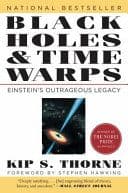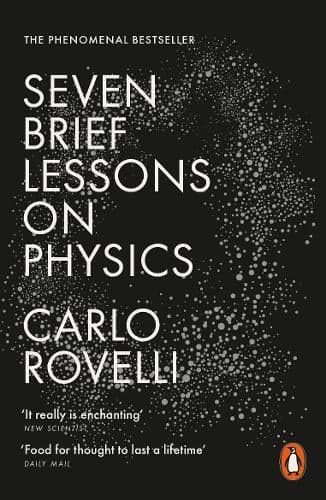
A Student's Guide to the Schrödinger Equation
Using plain language to provide detailed explanations of the fundamental concepts and mathematical techniques underlying the Schrödinger equation
DIFFICULTY
intermediate
PAGES
234
READ TIME
≈ 520 mins
DIFFICULTY
intermediate
PAGES
234
READ TIME
≈ 520 mins
About A Student's Guide to the Schrödinger Equation
In this companion website-assisted textbook, the author develops the claim that if you can define clear axioms for what a good diversity measure should do—symmetry, continuity, sensitivity to evenness, and sensible behaviour under pooling—and you’re led to an entropy-based family, not an arbitrary menu. From these first principles, Fleisch derives Shannon and Rényi measures and their Hill-number equivalents, which count effective species, weight rare types transparently, and partition diversity into alpha, beta, and gamma without sleight of hand.
Fleisch tackles familiar puzzles—how adding a rare category can change little, why two communities can be different yet equally diverse—and grounds the argument with compact proofs and crisp examples from ecology, markets, and language.
Metrics quietly steer conservation targets, inequality dashboards, and learning algorithms. Choosing them by axioms, not habit, improves comparability, avoids perverse incentives, and makes arguments about “diversity” precise enough to act on.
What You'll Learn
- The physical meaning of the time-dependent and time-independent Schrödinger equations
- Solutions to canonical 1D quantum problems (particle in a box, harmonic oscillator, barriers)
- Boundary conditions, normalization, and orthogonality to obtain valid eigenfunctions
- Operators, commutators, and expectation values to connect math to observables
- The separation of variables and superposition to analyze stationary and time-evolving states
Key Takeaways
- Wavefunctions encode probabilities
- Boundary conditions quantize energy
- Operators map to observables
- Tunneling enables classically forbidden motion
- Separation simplifies solutions
More in natural-science











